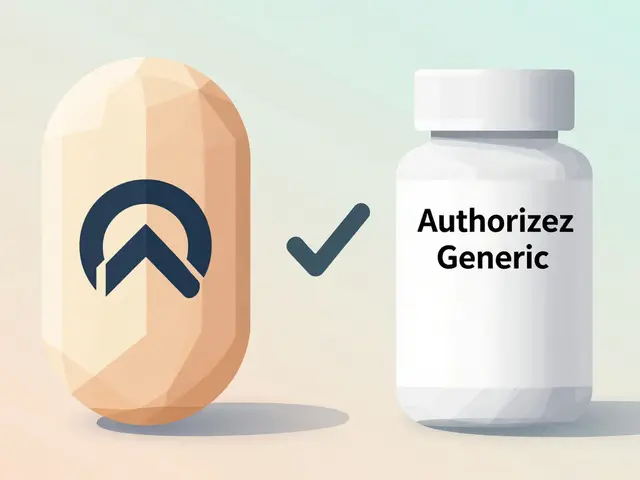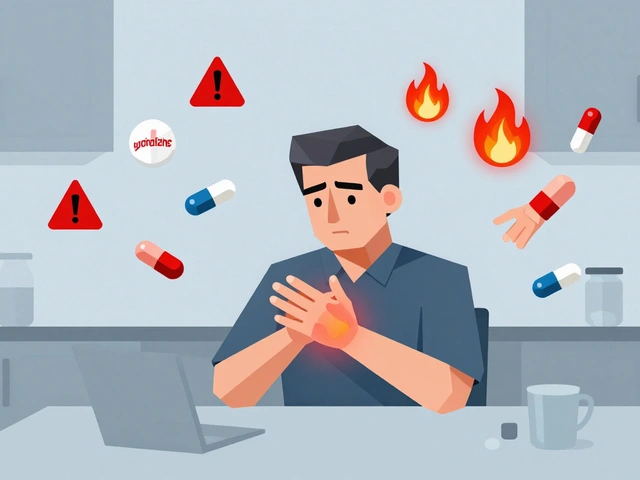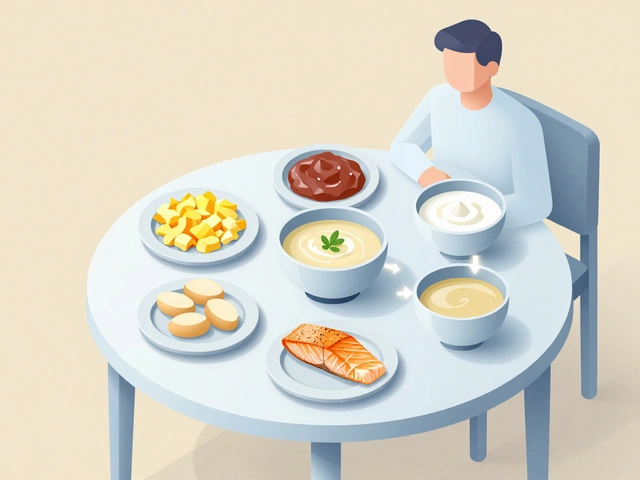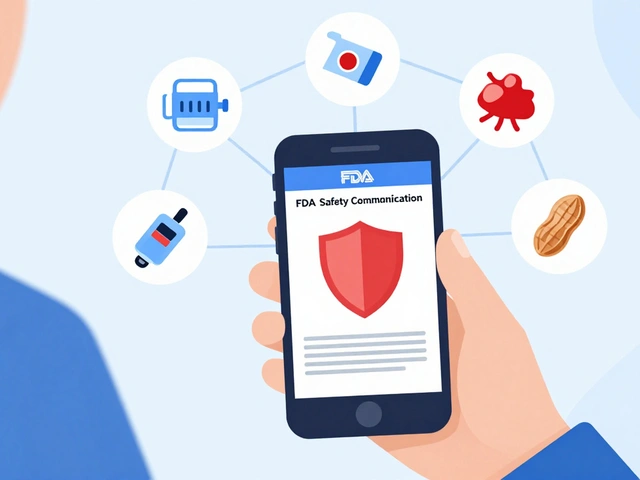Acupuncture: What It Is and Why You Might Try It
If you’ve heard about thin needles being used to ease pain or calm the mind, you’re looking at acupuncture. It’s an ancient technique from China that sticks tiny, sterile needles into specific points on your body. The goal? To balance energy flow, reduce inflammation, and trigger natural healing.
How Acupuncture Works
The idea is simple: your body has pathways called meridians where energy (or “qi”) moves. When a meridian gets blocked, you can feel pain or stiffness. By placing needles at key spots, an acupuncturist aims to unblock that flow, which in turn releases endorphins and reduces stress hormones. Most people notice a relaxed feeling within minutes of the session.
Acupuncture isn’t just for back pain. Studies show it can help migraines, arthritis, anxiety, and even nausea after chemo. If you’ve tried pills or physical therapy without luck, adding acupuncture might give your body a fresh push toward relief.
Finding a Safe Practitioner
Safety starts with the right practitioner. Look for someone licensed by your state’s health board or a recognized acupuncture association. A good acupuncturist will ask about your medical history, explain what to expect, and use single‑use needles.
During the first visit you’ll lie down while the practitioner inserts needles—usually 15 to 30 of them—for about 20–40 minutes. Most people feel a mild tingling or warmth; it’s rarely painful. If you’re nervous, ask for fewer needles or shorter sessions until you get comfortable.
Cost varies, but many insurance plans cover acupuncture for chronic pain or migraines. Check your policy and ask the clinic about payment options before booking.
Getting Started at Home
You don’t need to become an expert, but knowing a bit helps you feel in control. Wear loose clothing so the acupuncturist can reach your arms, legs, or back easily. Bring a water bottle—staying hydrated supports the body’s response.
After a session, give yourself time to rest. Some people feel energized; others need a short nap. Avoid heavy meals and intense exercise for a few hours so the treatment can settle.
Acupuncture isn’t a magic fix, but it’s a low‑risk tool that many find valuable when other options fall short. Whether you’re chasing pain relief, better sleep, or less stress, giving acupuncture a try could be worth your time.
What actually helps blood cancer patients? See evidence-backed benefits of alternative therapies, safe use with treatment, costs, and Australia-specific access.
Continue reading...






